Choosing the right RAID level for your business depends primarily on your performance needs, data redundancy requirements, budget, and the nature of your workload.
Here is a concise guide to common RAID levels and their suitability for business use:
-
RAID 0: Offers the fastest performance by striping data across drives but provides no redundancy. It is not recommended for sensitive or critical data storage but can be used for non-critical applications like video or image processing.
-
RAID 1: Mirrors data across two drives, providing high redundancy and fault tolerance. It is suitable for storing sensitive data and applications requiring high read speeds, such as file and web servers. However, it is expensive in terms of storage efficiency since it duplicates data.
-
RAID 5: Uses striping with distributed parity, requiring at least three drives. It balances performance, storage efficiency, and fault tolerance, allowing recovery from a single drive failure. It is widely recommended for small to medium businesses with limited budgets and is suitable for database and transaction servers.
-
RAID 6: Similar to RAID 5 but with double parity, allowing it to withstand two simultaneous drive failures. It requires at least four drives and offers higher fault tolerance at the cost of slower write speeds. It is ideal for businesses needing higher data protection.
-
RAID 10 (1+0): Combines mirroring and striping, requiring at least four drives. It provides excellent fault tolerance and high performance, especially for applications with heavy read/write operations like database and application servers. It is more expensive but offers the best balance of speed and redundancy.
When selecting a RAID level, consider:
- Performance needs: If read/write speed is critical, RAID 10 or RAID 0 (non-critical data) may be preferred.
- Data protection: For critical data, RAID 1, 5, 6, or 10 provide redundancy.
- Budget constraints: RAID 5 and 6 offer good fault tolerance with fewer drives than RAID 10.
- Workload type: Databases and transaction servers benefit from RAID 10 or RAID 5/6, while file servers may use RAID 1.
Ultimately, the choice should balance redundancy, performance, and cost to minimize downtime and data loss risks while meeting business demands. Regular backups remain essential even when using RAID for data protection.






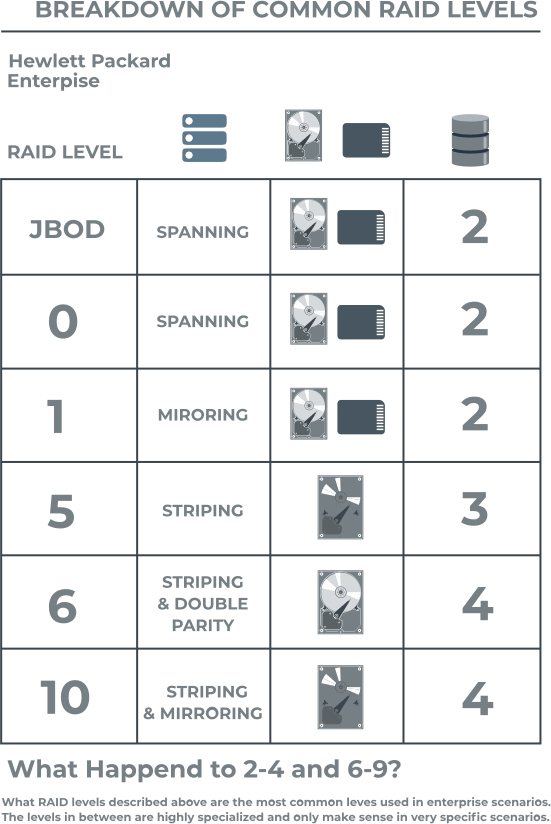





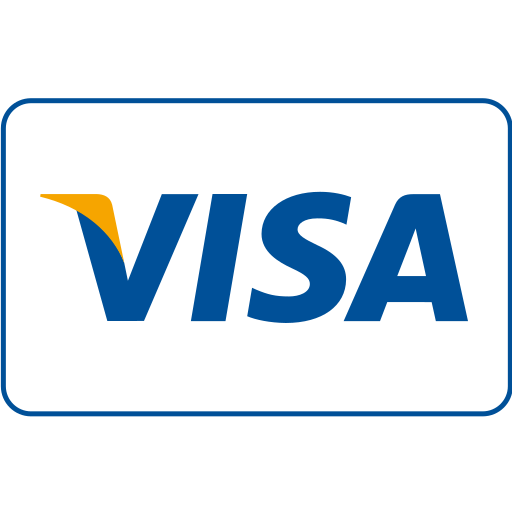
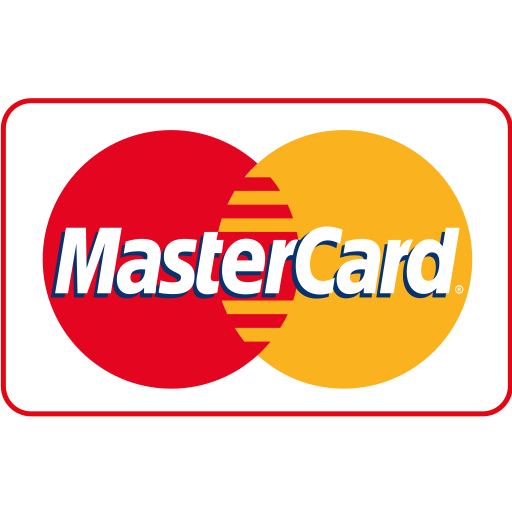

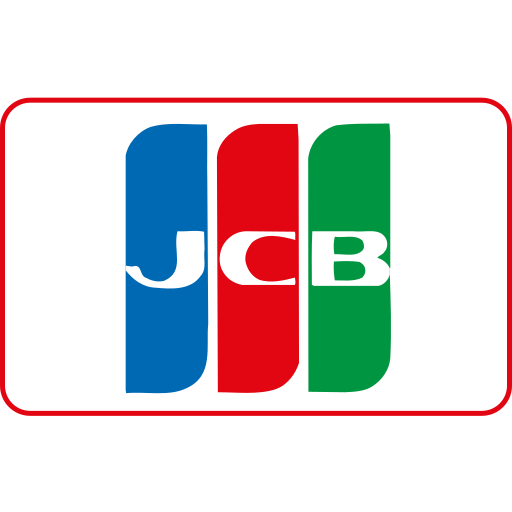



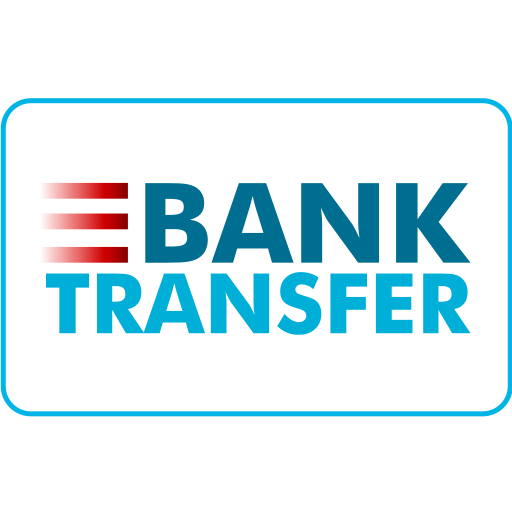
Ang PH Ranking ay nag-aalok ng pinakamataas na kalidad ng mga serbisyo sa website traffic sa Pilipinas. Nagbibigay kami ng iba’t ibang uri ng serbisyo sa trapiko para sa aming mga kliyente, kabilang ang website traffic, desktop traffic, mobile traffic, Google traffic, search traffic, eCommerce traffic, YouTube traffic, at TikTok traffic. Ang aming website ay may 100% kasiyahan ng customer, kaya maaari kang bumili ng malaking dami ng SEO traffic online nang may kumpiyansa. Sa halagang 720 PHP bawat buwan, maaari mong agad pataasin ang trapiko sa website, pagandahin ang SEO performance, at pataasin ang iyong mga benta!
Nahihirapan bang pumili ng traffic package? Makipag-ugnayan sa amin, at tutulungan ka ng aming staff.
Libreng Konsultasyon